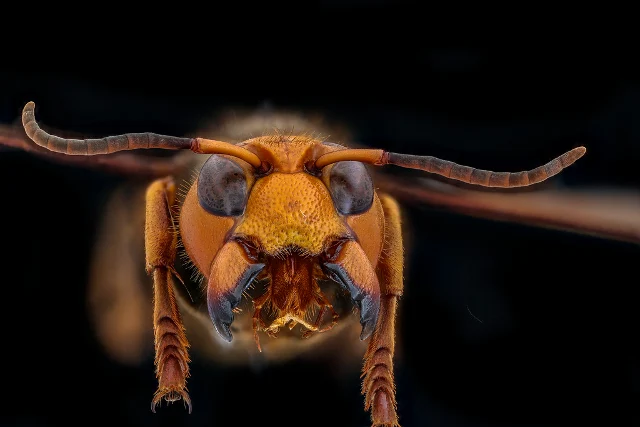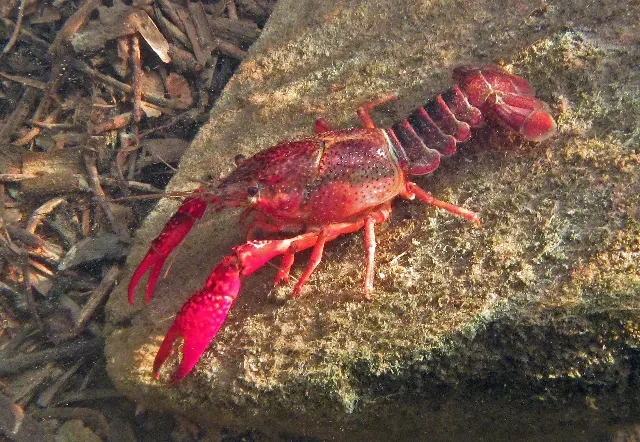Crab-Eating Monkey, Murder Hornet Likely Florida's Next Invasive Species
_at_Gunung_Padang,_Padang,_2017-02-14_01.jpg) |
| Crab-eating macaque. Credit: Chris Woodrich |
SILVER SPRINGS, Florida - A University of Florida study of 460 vertebrates, invertebrates, algae and plants determined to have some invasive characteristics suitable to Florida, 40 species were identified as posing the greatest threat to the Sunshine State.
Researchers determined that the most likely invasive species are the alewife, zebra mussel, crab-eating macaque and red swamp crayfish.
Florida is “ground zero” for invasions in the United States, says Matthew Thomas, the director of the UF/IFAS Invasion Science Research Initiative, which was created in 2022 to address the state’s unique challenges.
Crab-Eating Monkeys
“The one that wasn’t even on my radar was the macaque,” said Deah Lieurance, who led the project as the then-coordinator of the UF/IFAS Assessment of Non-Native Plants and is now an assistant professor of invasive species biology and management at Penn State University.
“But they’re already in the state in captivity, and as their name says, they’re good at eating crabs. This means they would have an impact on our native biodiversity. Plus, their relative, the rhesus macaque, is already established in the state, and these crab-eating macaques also are likely to host the same [herpes B] virus found in the Silver Springs State Park populations.”
Murder Hornets
 |
| Murder Hornet. Credit USGS |
“Something that came up in the time since we convened this group was the yellow-legged hornet, a species that wasn’t evaluated in this study,” Lieurance said.
The predatory species was found just across the border, in Savannah, Georgia, this past August. “It’s likely that’s one species that would appear as high risk for invasion to Florida, if the horizon scan was done today.”
“As the saying goes, an ounce of prevention is worth a pound of cure,” Lieurance said. “The majority of prevention efforts are initiated when the species has already been detected and often when it’s too late. This project strives to keep concerning species out and truly protect Florida’s biodiversity, unique ecosystems, socioeconomic infrastructure, and human well-being.”
Red Swamp Crayfish
 |
| Red swamp crayfish. Credit: USGS |
A small population of red swamp crayfish that was detected and eradicated in Clay County in 2022.
The study, “Identifying invasive species threats, pathways, and impacts to improve biosecurity,” was funded by the Florida Fish and Wildlife Conservation Commission and the UF/IFAS Dean for Research. It is published in the journal Ecosphere: doi.org/10.1002/ecs2.4711.
